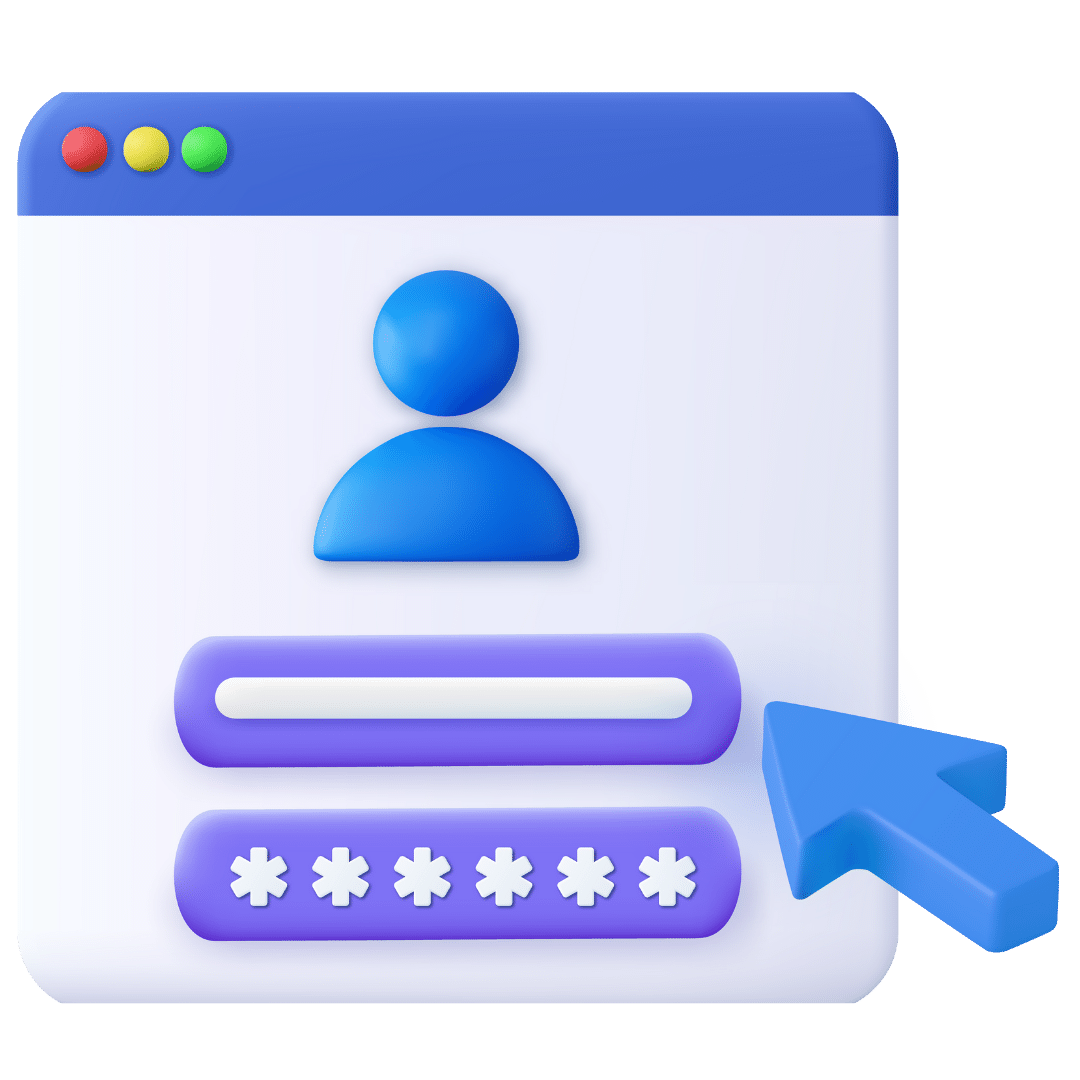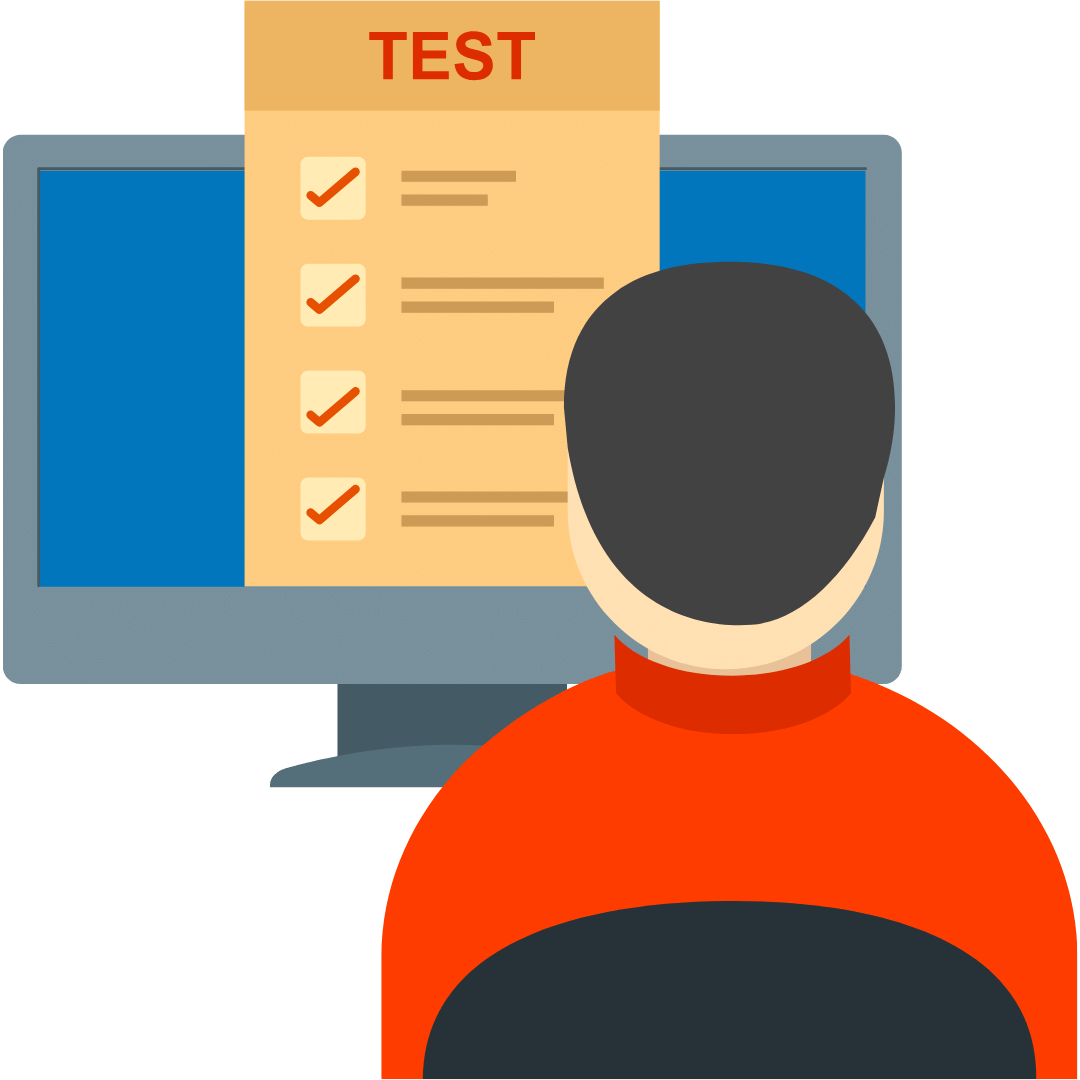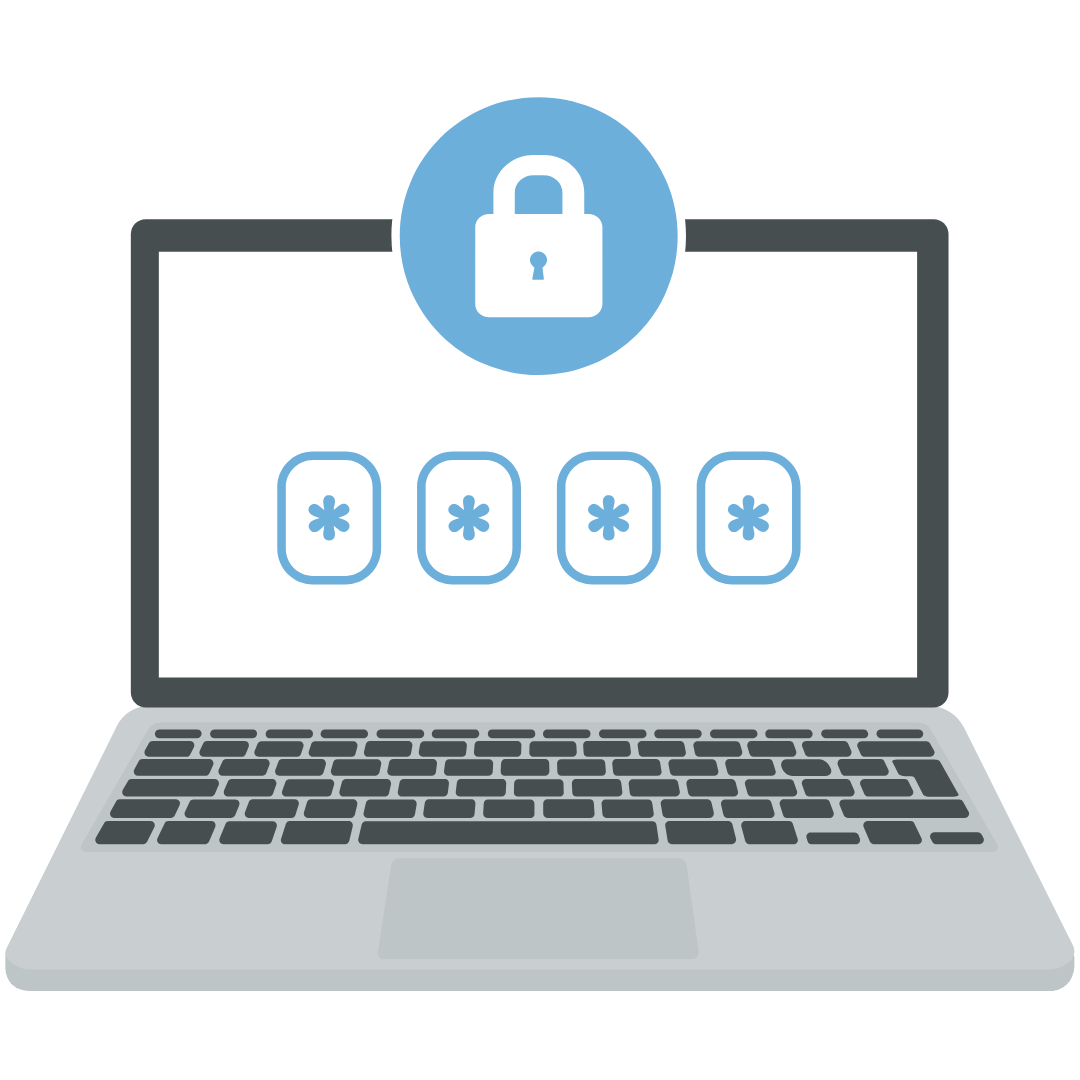Desktop Application Penetration Testing involves assessing the security of desktop applications to identify vulnerabilities and weaknesses that could be exploited by attackers. It ensures the security and integrity of software installed on users’ computers.
How It's Performed:

Understanding the Application
Understanding the Application: Reviewing documentation and understanding the application's architecture, design, and functionality.

Static Analysis
Analyzing the application binaries and source code (if available) to identify security vulnerabilities, coding errors, and best practice violations.

Dynamic Analysis
Running the application in a controlled environment to identify security vulnerabilities while it's operational, such as memory corruption issues, buffer overflows, and input validation flaws.

Input Validation Testing
Testing user inputs to ensure they are properly validated and sanitized to prevent common vulnerabilities like SQL injection, command injection, and buffer overflows.

Authentication and Authorization Testing
Assessing the strength of authentication mechanisms and verifying that users have appropriate access privileges within the application.

Data Handling Testing
Examining how sensitive data is handled, stored, and transmitted within the application to ensure compliance with security standards and regulations.

Session Management Testing
Evaluating how the application manages user sessions and ensuring session tokens are securely handled to prevent session hijacking and fixation.

Input Validation Testing
Testing the application's response to unexpected inputs and errors to prevent information leakage and potential exploitation.
Process of Desktop Application Penetration Testing
1. Understanding the Application
Review documentation and understand architecture.
2. Static Analysis
Analyze application binaries and source code.
3. Dynamic Analysis
Run application in controlled environment.
4. Input Validation Testing
Test user inputs for vulnerabilities.
5. Authentication & Authorization Testing
Assess access controls.
6. Data Handling Testing
Examine data handling practices.
7. Session Management Testing
Evaluate session handling mechanisms.
8. Error Handling Testing
Test application's response to errors.

Why It's Useful:
- Identification of Vulnerabilities: Helps identify security vulnerabilities and coding errors early in the development process, reducing the risk of exploitation by attackers.
- Compliance Requirements: Assists in meeting regulatory requirements and industry standards for secure software development and data protection.
- Risk Mitigation: Reduces the risk of security breaches, data leaks, and unauthorized access by proactively identifying and addressing vulnerabilities.
- Enhanced Security Posture: Improves the overall security posture of the application by implementing best practices and addressing potential weaknesses.
- Quality Assurance: Enhances the quality and reliability of the software by identifying and resolving coding flaws and potential issues.
Common Vulnerabilities for Desktop Application Penetration Testing
- Insecure authentication
- Input validation flaws
- Memory corruption issues
- Insecure data handling
- Lack of encryption
- Privilege escalation
- Code injection
- Insecure configurations
- Poor error handling
- Vulnerable third-party dependencies
Tools commonly used for Desktop Application Penetration Testing
- IDA Pro
- Ghidra
- OllyDbg for analyzing application binaries.
- SonarQube
- Veracode
- Checkmarx for analyzing source code.
- Wireshark
- Fiddler
- Burp Suite for monitoring application behavior and traffic.
Developed for specific testing scenarios and requirements.
Frequently Asked Questions?
- Insecure authentication
- Input validation flaws
- Memory corruption issues
- Insecure data handling
- Lack of encryption
- Privilege escalation
- Code injection
- Insecure configurations
- Poor error handling
- Vulnerable third-party dependencies.
Tools and techniques for desktop application penetration testing include:
- Reverse engineering tools
- Debuggers
- Dynamic analysis tools
- Static analysis tools
- Fuzzing techniques
- Exploitation frameworks
- Code review
- Threat modeling.
Approaching testing for authentication and authorization mechanisms in a desktop application involves:
- Reviewing authentication methods
- Testing for weak passwords or default credentials
- Verifying authorization checks
- Assessing session management
- Testing for privilege escalation vulnerabilities.
Steps to ensure proper handling of sensitive data in the application’s code include:
- Encrypting sensitive data
- Implementing secure data storage practices
- Using secure communication protocols
- Implementing access controls
- Regularly updating and patching the application.

